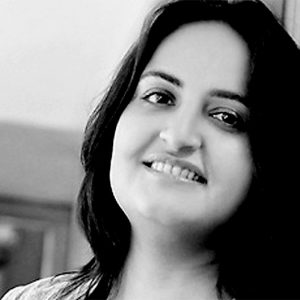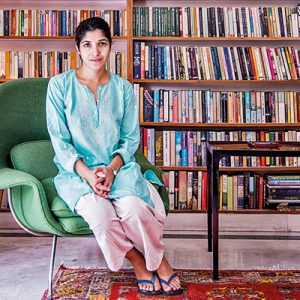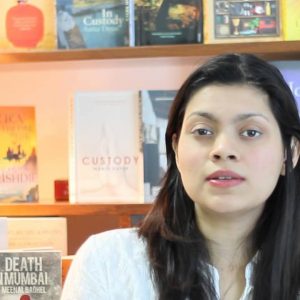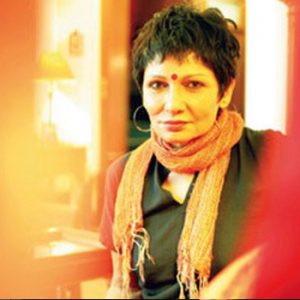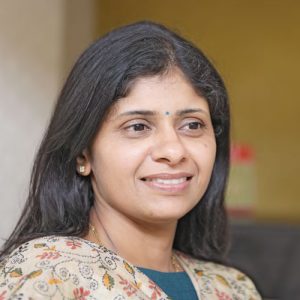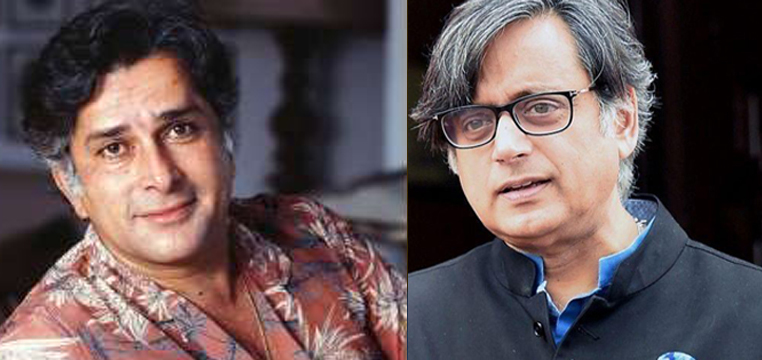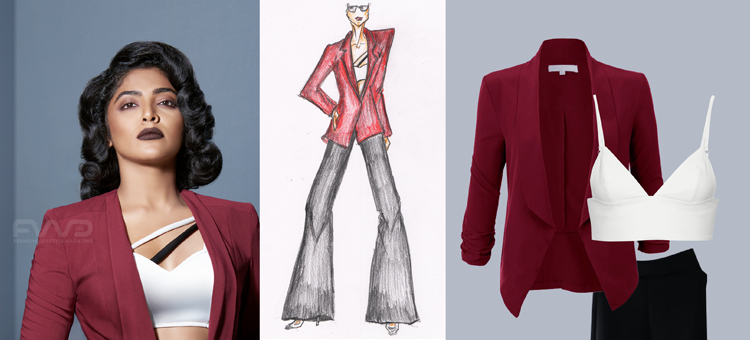Media
Women Editors: the ones who have a way with words!
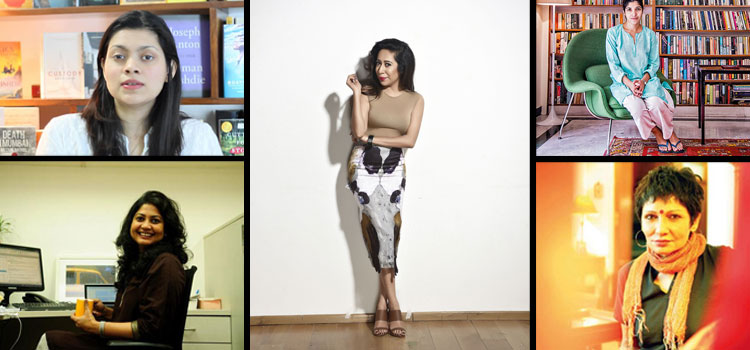
Here are a few women who have succeeded in life and left a mark in the print world. FWD appreciates their contribution towards a good cause.
Sonal Kalra
A national award winning journalist, Sonal Kalra is currently the National Entertainment & Lifestyle Editor for Hindustan Times. A features-writer and journalist since 1996, she has also served as the content lead for Government of India web Portals under Ministry of Information Technology for over a decade.
Chiki Sarkar
Having an exemplary record in publishing houses was an added bonus to Chiki Sarkar, founder of Juggernaut and book publisher. Sarkar has a degree from Oxford University and has worked with Bloomsbury publications in London for 7 years.
Meru Gokhale
Meru Gokhale has worked in publishing for over ten years and has published many bestselling authors, both fiction and nonfiction, including the Man Booker-shortlisted writer Jhumpa Lahiri, Salman Rushdie, Neel Mukherjee and Paulo Coelho. She is currently the Editorial Director, Vintage Books at Random House India.
Dhanya Rajendran
Having started her career with The New Indian Express in 2004 after completing her diploma in Journalism in 2003, Dhanya’s career rocketed from there. She went on to work for Times Now as a correspondent and later, as the South Indian Bureau Chief. She is currently the founder and Managing Editor of The News Minute.
Madhu Trehan
Madhu Purie Trehan is the Founding Editor of India Today and also the Co-Founder of a digital media portal called News Laundry. Trehan earned her Master’s degree in Journalism from Columbia University in 2972 and went on to work for the United Nations’ press department. She came back to India to start India Today with her father V V Purie, who is the owner of Thompson Press.
Aishwarya Subramanyam
She is not one to settle for average. Her job profile is proof enough. She’s worked with the likes of Vogue and India Today, before becoming the Editor of ELLE India. Aishwarya did her Masters from University of East Anglia in Film Studies.
Diya Kar Hazra
She was named India’s first publisher by Pan Macmillan. Hazra began her career at HarperCollins, after which she spent 12 years at Penguin. She was briefly Head of Literature Programmes at British Council before she joined Bloomsbury India in 2012 as a founding publisher.
Nandini Bhalla
How many of us know where we want to be at the age of 21? Not many, i’m sure. But Nandini knew exactly where she wanted to be at 21. While interning at Cosmo India, she was sure she wanted to end up with them. And she did, as the Editor-In-Chief of Cosmo India.
Aparna Sridhar
In a country where it’s hard to write about an abstract art form, Editor and CEO of Saamagaana- The First Melody, Aparna Sridhar has created an elite audience for her niche magazine. Though she’s faced a lot of challenges in terms of content, she managed to rise above it all and created India’s leading magazine on Indian classical music. To read more about her life, her challenges and how she succeeded, subscribe to our online copy, or buy our latest edition of FWD Life at a stand near you.
Online copy subscription: https://goo.gl/cR6iZu
Fashion
Unveiling the Mystery : The Rise of ‘Quiet Luxury’ – The Viral and Ultra-Expensive Fashion Trend Followed by Billionaires

In the world of fashion, where flamboyance and opulence often take center stage, a new trend has quietly emerged, captivating the attention of celebrities, billionaires, and fashion enthusiasts alike. Known as “Quiet Luxury,” this viral and ultra-expensive fashion trend is causing waves in the industry, challenging the conventional notions of wealth display and style.
While many high-end luxury brands are known for their ostentatious and eye-catching designs, ‘Quiet Luxury’ takes a different approach. It revolves around the concept of dressing in understated, label-less clothing that exudes an aura of sophistication and exclusivity, despite its seemingly ordinary appearance. This trend has gained significant traction over the past few months, with influential figures embracing its allure.
So, what exactly is ‘Quiet Luxury’? At its core, it is a form of subtle wealth display, where the wealthiest individuals meticulously curate their attire with understated tones, simple cuts, and an absence of prominent logos. These seemingly unassuming garments, however, come with exorbitant price tags, often costing a small fortune.

One notable incident that brought ‘Quiet Luxury’ into the spotlight was Gwyneth Paltrow’s appearance in court, clad in an impeccably tailored but discreet pantsuit. This choice perfectly exemplified the essence of ‘Quiet Luxury,’ showcasing the ability to convey elegance and affluence without resorting to overt displays of wealth.
The appeal of ‘Quiet Luxury’ lies in its ability to provide billionaires with a paradoxical blend of ordinariness and exclusivity. By adorning themselves in seemingly commonplace clothing, these individuals are able to blend in with the masses while exuding an air of refinement and extravagance. The garments they choose may appear unassuming to the untrained eye, but their true worth is hidden in the finest craftsmanship, luxurious materials, and meticulous attention to detail.
One prime example of this trend can be found in the wardrobe of Facebook founder Mark Zuckerberg, often seen sporting plain white or grey t-shirts that carry a hefty price tag. Such minimalistic pieces become the epitome of ‘Quiet Luxury,’ encapsulating the allure of hidden opulence within simplicity.
While ‘Quiet Luxury’ is not an entirely novel concept, its popularity has surged in recent times. The trend offers a safe and non-risky approach to fashion, favoring monochrome palettes, classic cuts, and timeless styles that are unlikely to fade away. This makes ‘Quiet Luxury’ an attractive option for those who seek to present themselves as both presentable and affluent, while also ensuring their fashion choices remain perpetually relevant.

In an era where ostentatious displays of wealth often dominate the fashion landscape, ‘Quiet Luxury’ stands as a captivating alternative, enticing the ultra-rich with its subtle allure. By embracing this trend, billionaires and celebrities alike have found a way to project their affluence with grace and sophistication, making a powerful statement without uttering a word.
As the influence of ‘Quiet Luxury’ continues to grow, we can only speculate on how this trend will shape the fashion industry in the coming years. Perhaps it will inspire a broader shift towards understated elegance and timeless style, encouraging individuals to redefine what it truly means to be fashionably wealthy.
Entertainment
The Rise of Mollywood: A Journey Through the Growth of Malayalam Cinema
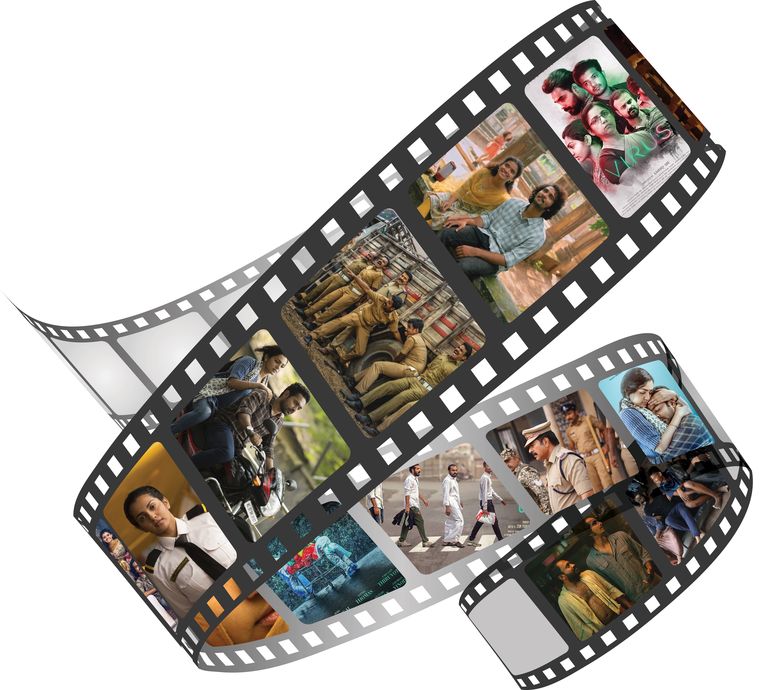
Malayalam cinema, popularly known as Mollywood, has come a long way since its inception in the early 20th century. Today, it is one of the most vibrant and thriving film industries in India, producing some of the finest films that have been recognized globally for their quality and content.
Pioneers of Malayalam Cinema
The early years of Malayalam cinema were marked by the emergence of pioneers such as J. C. Daniel, who is considered the father of Malayalam cinema. His silent film Vigathakumaran, released in 1928, is considered the first Malayalam film ever made. However, it was not until the 1950s that the industry saw significant growth with the release of films such as Neelakuyil (1954), which went on to win the President’s Gold Medal.
The Golden Era of the 1960s and 1970s
The 1960s and 1970s were a golden era for Malayalam cinema, with the emergence of great filmmakers such as P. Bhaskaran, K. S. Sethumadhavan, and Adoor Gopalakrishnan. These filmmakers, along with talented actors like Prem Nazir, Sathyan, and Madhu, helped to establish Malayalam cinema as a serious player in the Indian film industry.
Innovative Approaches in the 1980s and 1990s
In the 1980s and 1990s, Malayalam cinema saw a new wave of filmmakers who brought a fresh and innovative approach to filmmaking. Directors such as Padmarajan, Bharathan, and I. V. Sasi made films that were realistic, socially relevant, and aesthetically pleasing. Actors like Mammootty and Mohanlal emerged as leading stars and went on to become some of the most respected and popular actors in India.
New and Exciting Talent in the 21st Century
In the 21st century, Malayalam cinema has continued to grow and evolve, with the emergence of new and exciting talent. Directors such as Lijo Jose Pellissery, Dileesh Pothan, and Aashiq Abu have gained international recognition for their bold and unconventional films. Actors like Fahadh Faasil, Nivin Pauly, and Parvathy Thiruvothu have become household names and are recognized for their versatility and depth.
Changing Audience Preferences
The growth of Malayalam cinema can also be attributed to the changing tastes and preferences of the audience. Today’s Malayalam cinema is characterized by its realism, strong narratives, and relatable characters. It is not just about entertainment, but also about addressing important social issues and sparking meaningful conversations.
Advancements in Technology
Moreover, the growth of Malayalam cinema has been supported by advancements in technology, which have enabled filmmakers to experiment with new and innovative techniques. Digital cameras, editing software, and special effects have helped to enhance the visual appeal of Malayalam cinema and take it to new heights.
The growth of Malayalam cinema over the years has been a remarkable journey, marked by the emergence of great filmmakers, actors, and technicians. It is a testament to the industry’s resilience and commitment to excellence. Today, Malayalam cinema has a global appeal and is recognized for its unique voice and perspective. It is a shining example of the power of cinema to entertain, educate, and inspire.
Books
Transform Your Life with These 10 Life-Changing Self-Help Books

Self-help books have become a popular genre in recent years, offering readers a chance to explore their inner selves, identify areas for personal growth, and learn new strategies for overcoming challenges. With so many books to choose from, it can be overwhelming to know where to start. To help you on your journey of self-discovery and personal transformation, we’ve compiled a list of the top 10 self-help books that have had a profound impact on readers worldwide.
- “The Power of Now” by Eckhart Tolle – This book teaches readers the importance of being present in the moment and letting go of the past and future to find inner peace.
- “The 7 Habits of Highly Effective People” by Stephen Covey – This classic book explores the habits of successful people and offers practical advice on how to incorporate them into your own life.
- “The Alchemist” by Paulo Coelho – This novel tells the story of a young shepherd who sets out to find his personal legend, teaching readers to follow their dreams and trust in the universe.
- “Daring Greatly” by Brené Brown – This book explores the power of vulnerability and encourages readers to embrace it as a key component of personal growth.
- “Atomic Habits” by James Clear – This book explores the science of habit formation and offers practical advice on how to build good habits and break bad ones.
- “The Miracle Morning” by Hal Elrod – This book outlines a morning routine designed to increase productivity, improve health, and promote personal growth.
- “The Four Agreements” by Don Miguel Ruiz – This book explores four key agreements that can transform your life: be impeccable with your word, don’t take anything personally, don’t make assumptions, and always do your best.
- “Big Magic” by Elizabeth Gilbert – This book explores the creative process and encourages readers to pursue their passions and live a creative life.
- “The Happiness Project” by Gretchen Rubin – This book outlines a year-long project in which the author set out to improve her overall happiness, offering practical advice for readers to do the same.
- “Man’s Search for Meaning” by Viktor E. Frankl – This book tells the author’s personal story of survival in a concentration camp during World War II and offers insight into finding meaning and purpose in life.
These books have helped countless readers overcome challenges, find inner peace, and achieve personal growth. Whether you’re looking to improve your relationships, build better habits, or find your life’s purpose, there’s a self-help book out there that can guide you on your journey.
-
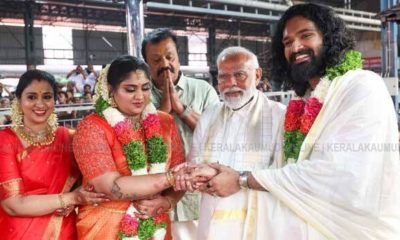
 Entertainment3 months ago
Entertainment3 months agoThe Stunning looks from Bhagya Suresh’s Wedding
-
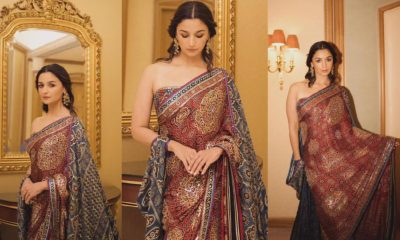
 Fashion3 months ago
Fashion3 months agoMost Discussed Ajrakh Saree of Alia Bhatt
-

 Entertainment3 months ago
Entertainment3 months agoThe Most Stylish Guests of Bhagya Suresh Reception
-
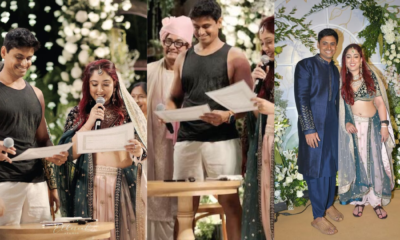
 Entertainment4 months ago
Entertainment4 months agoEverything about the Ira Khan wedding that is out of the norm
-

 Entertainment3 months ago
Entertainment3 months agoBridal Bliss : All Bridal Looks of Swasika Vijay
-
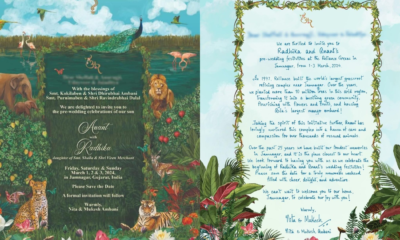
 Entertainment3 months ago
Entertainment3 months agoAll About The Dreamy Pre Wedding Invite Of Anant Ambani & Radhika Merchant
-

 Fashion3 months ago
Fashion3 months agoMajor Denim Trends You Need To Know in 2024
-

 Entertainment3 months ago
Entertainment3 months agoBest Looks from Golden Globes 2024

